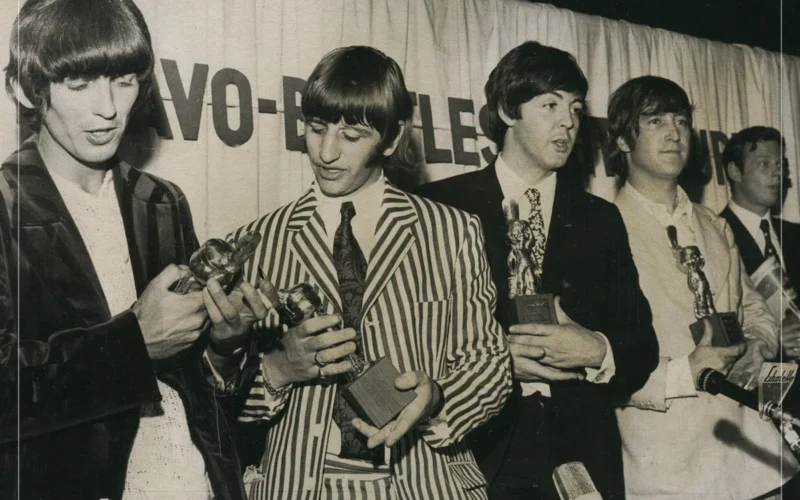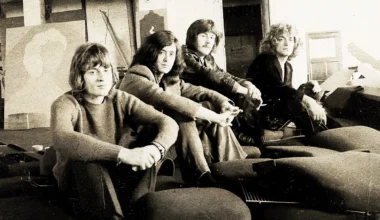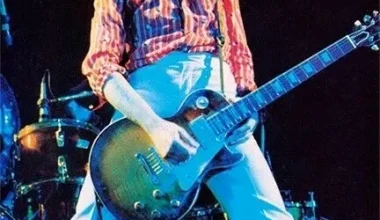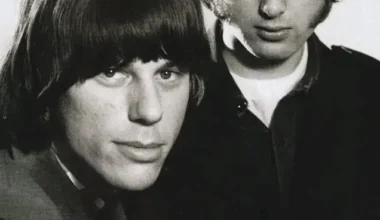An indisputable golden age for music, art, and free expression, the cultural boom of the 1960s also proved to be a golden age for conspiracy theorists.
From the assassination of John F Kennedy to the theory that fluoridation is a communist plot to weaken the West, the decade produced a wealth of out-there ideas, some more credible than others. Perhaps one of the most bizarre conspiracies to come out of the era, however, was the theory that Paul McCartney actually died in 1966 and was replaced in The Beatles by a convincing lookalike.
The Beatles were more akin to a cultural phenomenon than just another run-of-the-mill pop band. By the mid-1960s, the ‘Mop Tops’ had risen from being teenage skiffle obsessives in Liverpool to being the biggest group on Earth, recognised and beloved everywhere from Tranmere to Tokyo. With this adoration came a colossal level of attention, with fans demanding to know the ins and outs of every minute detail in the band members’ lives. Inevitably, this practice meant that if there were ever any brief moments of quiet from their camp, wild rumours and conspiracy theories began to circulate.
One of the most enduring of those came about in 1966, the same year the band retired from touring after a final show at Candlestick Park in San Francisco. That theory declared that, in September 1966, a frustrated Paul McCartney left the recording studio in his car and subsequently became involved in a fatal crash on the M1 motorway. In order to save the nation from the grief of losing a Beatle, MI5 allegedly installed a replacement in the band in the form of a Scottish lookalike by the name of either William Campbell, Bill Shepherd, or Billy Shears.
There are quite a few holes in the theory already at this point. For starters, why would MI5—at the height of the Cold War—concern itself with the death of a pop star? Where exactly was Paul McCartney driving to on the M1? And how, on one of the busiest roads in Britain, did nobody witness the said car crash involving one of the most famous faces in the country? You would think, therefore, that the rumour would be quashed pretty quickly, but, in fact, there are some who still believe the ‘Paul is dead’ story to this day.
The conspiracy has been spurred on through various supposed “clues” in The Beatles’ discography post-1966. For instance, the cover of Abbey Road (where McCartney is the only member without shoes on) is said to be a funeral procession, and the lyrics of songs like ‘A Day in the Life’, ‘Blue Jay Way’, and ‘Don’t Pass Me By’ apparently allude to the accident. John Lennon’s track ‘Strawberry Fields Forever’ is often hailed as the most valuable piece of evidence when it comes to the conspiracy, owing to a whispered, virtually unintelligible lyric at the end of the psychedelic masterpiece.
Lennon himself later claimed the lyric was “cranberry sauce”, a strange line to include in the song, yes, but certainly not the strangest thing the ‘I Am the Walrus’ songwriter ever recorded. However, conspiracists claim he is actually saying, “I buried Paul”, alluding to the death and burial of his bandmate. The White Album track ‘I’m So Tired’ contains similar evidence, as it apparently declares, “Paul is dead man, miss him” when played backwards.
So, was Lennon admitting the death of his friend and bandmate in ‘Strawberry Fields Forever’? Whatever we say here, there will still be those convinced of this conspiracy theory. Nevertheless, it does seem odd that MI5 would not only install a Scottish lookalike (with a seemingly very convincing Merseyside accent) but would allow The Beatles to drop in all of these clues pointing to McCartney’s death. What’s more, the lookalike would not only have to resemble the Beatle, but also sound, write, and act exactly like him, for upwards of six decades at this point, which seems pretty unlikely to say the least.
As for the ‘Strawberry Fields’ clue, people tend to hear what they want to hear. Even if Lennon did actually say ‘I buried Paul’, the songwriter was famed for his cynical sense of humour, and the ‘Paul is dead’ conspiracy was everywhere at that point in time. McCartney himself has referenced the conspiracy on various occasions, releasing the live album Paul Is Live in 1993. If Paul McCartney did die in 1966, MI5 have certainly done a better job in covering it up than they have done in countless other operations, that’s for sure.






